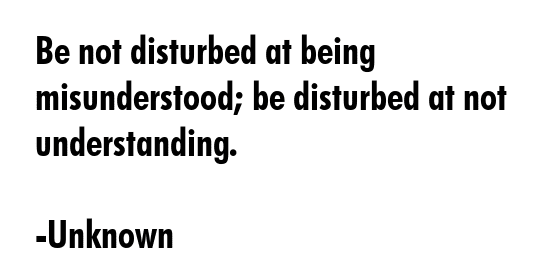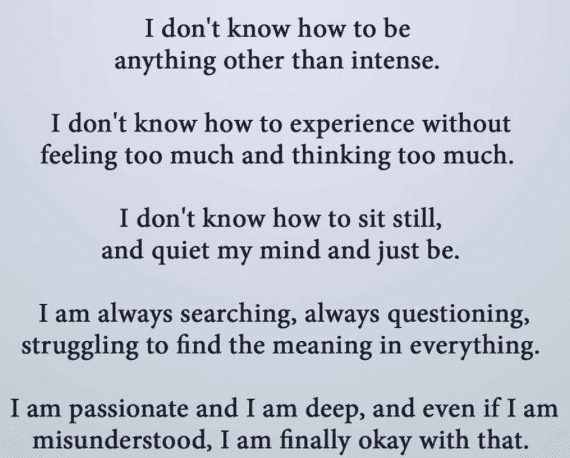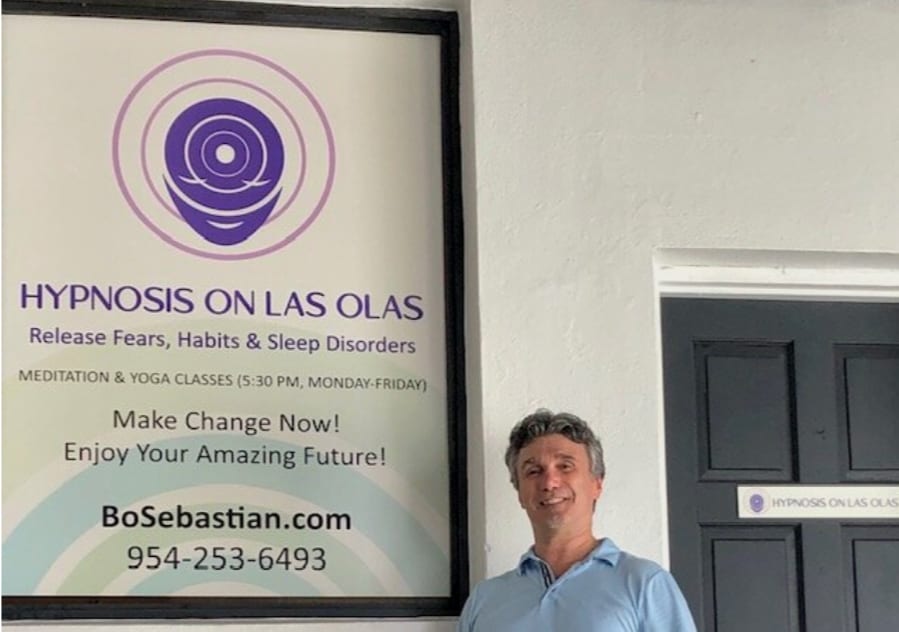
What I Said & What He Heard (Part V)
Who hasn’t experienced being misunderstood resulting in a heated argument. What I said is contingent on how he or she heard it—completely, unequivocally. This is Part IV of my commentary about communication in Relationship.
What I Said & What She Heard
I have had the honor of coaching married clients through hard break-ups and sometimes reconciliation. Almost everything in the process is about what is heard or perceived, as opposed to what is actually said. Honestly, most people do not mean to piss off their partners daily. They seriously are trapped, though, with unhealthy communication skills. What if we could change relationship by adding a few simple steps? Would you do them?
Partnership Training
I’ll continue with the next step in my next blog… Sign up for the blog on my website or in WordPress.
Much peace,
Bo
_______________________________
Are you looking for help with anxiety or are you bored at home.
Try this yoga practice below on YouTube I made just for this purpose or give me a call for a 10 minute consultation. I’d love to work through your stress at this time with you.
The process is so simple, it doesn’t make sense that it could result in such a vast change in mind. You could do some seated yoga. I actually made 3 different yoga videos on YouTube you could go to now and enjoy how great you’ll feel if you spend just a little time getting your body free of stress. But, I can’t do it for you. This article about it can make you do it. You must be a self-started at home, as well as work. Set your mind to a clear schedule of things to do. This would be a brilliant time to learn a new language or clean out the closets.
_______________________________
DON’T FORGET ABOUT PEACE OF MIND
We give away our peace of mind every time we react emotionally to inevitable change. Peace is yours to keep, not give away. So, if you are not experiencing peace, it’s up to you to share why you are anxious with yourself by carrying on a self dialogue. Yes, that’s right. Question yourself. Work it out together with all the parts of your mind (the good, bad, and the ugly). These are the times when we will be closest to our loved ones and also have a great deal of alone time. Use it to your spiritual and physical advantage.
Some friendly reminders about Peace:
- You are made in the image and by the grace of Peace.
- Peace doesn’t comprehend pandemonium.
- Peace of mind is gentle.
- Peace does not judge you or others.
- Peace promotes calm and love.
Peace Helps You Keep Your Retrospect in Check
Psychology Today says that “it’s not bad to have negative thoughts …
We just have to stop believing them!” (Change your unhealthy thought process to a positive connection with Hypnotherapy.)
You will always find all the coaching, compassion, and peace of mind you need at Hypnosis on Las Olas with 31 years of experience. You can find what we do? and How we do it here.



The Physiology of Hypnotherapy:
By going into a subconscious, light sleep or trance, a hypnotists helps find the pathways connecting your outside stimulus to your negative thoughts (food, smoking, anxiety). The work begins in the frontal cortex of your brain!
Disconnect the root cause (stress, relationship problems, no quality ME time) at the foot of the pathway (the place where our response to triggers happens) and build a healthy, new pathway to positive outcomes in your life—a new story for tomorrow.
Email me at bosebastian5@gmail.com or call/text at: 954-253-6493 now!
I’d love to help you find peace, regain control over your life, and build a bridge to a positive future.
Bo Sebastian, owner for 32 years.
Clinical Hypnosis has been known to help these 145 problems:
145 Ways Hypnotherapy Might Help You…
- Abandonment
- Addictions
- Age Regression
- Aggression
- Agoraphobia
- Anesthesia
- Anger
- Anxiety
- Assertiveness
- Assist Healing
- Attitude Adjustment
- Biofeedback
- Breathing
- Career Success
- Change Habits
- Panic Attacks
- Pessimism
- Phobias
- Stage Fright
- Stressful days
- Study Habits
- Weight Loss
- Worry
- Writers Block and much more
- For the full list go to: here

Find out all you need to know about Client Praise or the Different Ways Hypnosis can help you.
